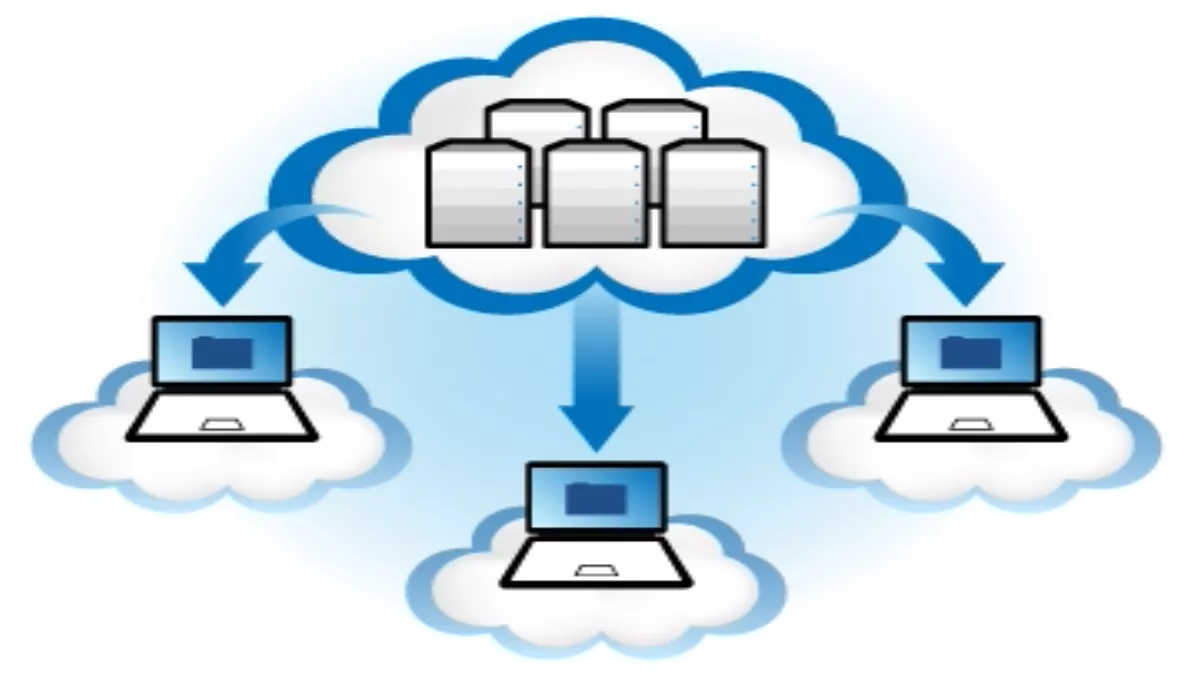
The role of the datacentre today
Data Centers are not a new phenomenon; they have been extensively used for the last few decades. Today most IT users will view the role of the data center in their business differently. However businesses will have one common goal to be a more efficient company with lower costs.
Business owners also acknowledge the importance of managing data and wantto know how they can derive the greatest value from it for their organisations. Thisis where data centers can add value by meeting these demands and by becomingan integral part of the overall business strategy.
Business trendsRegardless of how you view your own data center, there are global trends worth watching. There are five themes that are likely to shape the future for many organisations:
1. The explosion of dataIDC predicts a 44% increase in the amount of data we will be managing in the next 10 years. By the end of the decade this will mean 35 zettabytes of structured and unstructured data (that is 35 followed by 21 zeros). Businesses need to form a strategy determining what role information plays within their company.
If companies are using second rate infrastructure and are unable to capitalise on the data they are collecting, they will not be able to maintain profitable businesses because the internal processes and interaction with users will become too slow. Businesses need to decide what their goals are regarding growth and then use data centers as a means to achieve those goals.
2. The lack of spending on innovationMany companies spend more than 70% of their IT budgets maintaining their current systems instead of investing in more efficient and cost-effective ways to run infrastructure. One of the key issues IT managers are facing is efficiency. Businesses need to ensure their current IT infrastructure is providing them with added value.
The key here is that if IT professionals are to get the most out of their data and reap the benefits of growth and innovation, they need to integrate their data center strategies into their overall business strategies.
3. VirtualisationThe increased uptake of cloud computing and virtualisation, largely due to increased availability, has enabled businesses to do more with less. Organisations are now able to take advantage of increased innovation and online services, such as cloud-hosted data centers.
Through increased real-time applications, enterprises now have more confidence in the online IT services being offered by service providers.
4. The consumerisation of ITThe next generation of employees is using personal devices and mobile technology in ways that will impact dramatically on businesses. There is already a growing trend of staff bringing their own devices to work and accessing cloud services to get their jobs done more conveniently. The trend will only continue to grow and managers cannot dismiss this uptake if they are to maintain a cutting edge.
Businesses need to understand that this development it is not necessarily threatening: embracing consumer technology in the workplace doesn’t have to be challenging or risky. In fact utilising these devices is a necessity. Businesses that redefine their perception of technology from a stationary desktop to a more fluid concept will see their flexibly rewarded with higher employee productivity and job satisfaction. Acceptance of the consumerisation of IT should become an integral aspect of a business’s IT transformation, helping shape the IT landscape and giving relevance in the future.
5. Ubiquitous ultra-fast broadband (UFB)Through UFB, organisations of all sizes (and their customers) will have new-found access to faster, more reliable internet which in turn is going to provide healthy competition for the larger telco-operated data centers. This is particularly so when it comes to taking their services to market and ensuring they can seek out personalised and competitive data center solutions.
IT professionals need to build their IT strategies with the above points top of mind. There is a new level of complexity to IT infrastructure. Future-ready businesses need to anticipate the changing data-scape and be prepared to deal with its ramifications. For many organisations the utilisation of data centers could provide an easier way to cope with fast-occurring trends.

